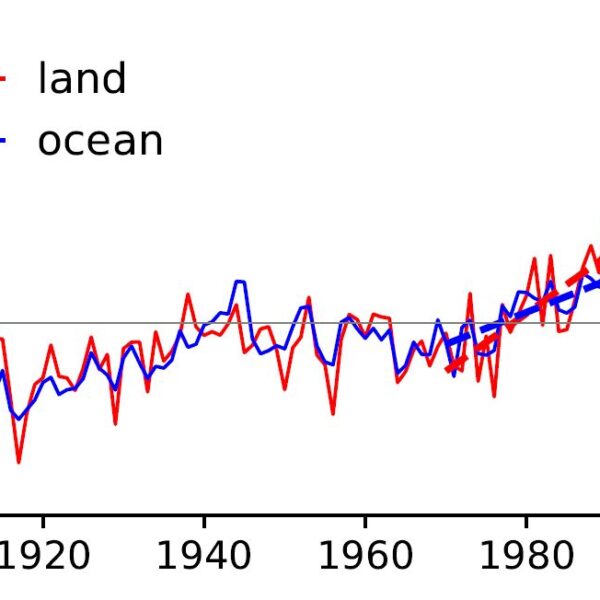Byrne, an affiliate of the Centre, wants to improve our understanding of clouds, and their influence on the sensitivity of the climate to increasing carbon dioxide concentrations. He says: “Clouds cool the Earth by reflecting sunlight away, and warm it by trapping radiation from the Earth’s surface. There has been a huge increase in our ability to model these complex effects. But uncertainties remain, for example how clouds are shaped by the circulation of air in the atmosphere.”
Improved climate modelling will allow a deeper understanding of the geographical texture of global warming. A central theme of Byrne’s work is understanding how climate change manifests over land. He points out: “Land is warming faster than the oceans. If the Earth gets 1.5ᵒ warmer on average, most land areas will warm by far more than that.”
Byrne’s ongoing research centres on the Intertropical Convergence Zone, the equatorial region which, he says, is responsible for half the world’s rain. The ITCZ appears to be narrowing, and the arid regions to its North and South are expanding poleward, for example into the Mediterranean.
These migrations in climate zones are partly associated with clouds and how they control the flow of energy through the atmosphere, says Byrne. Further research to understand the shifting wet and dry regions of the Earth is needed, he points out, because “of the fundamental importance of rain to economies and societies throughout the world.”





